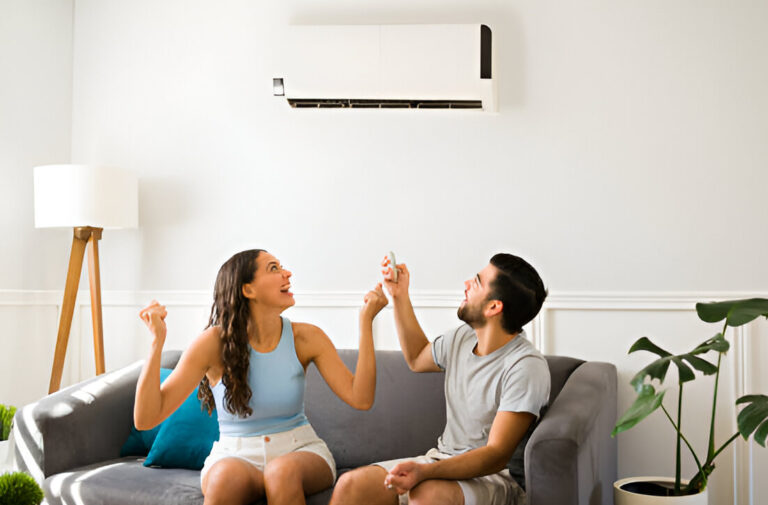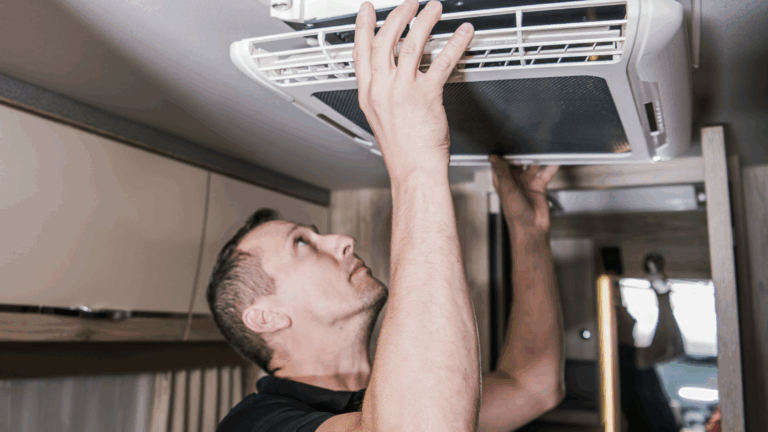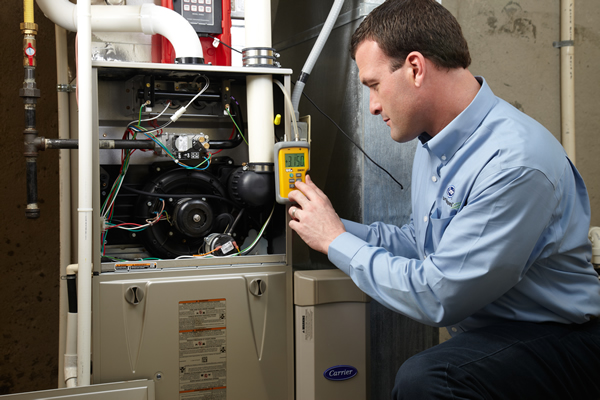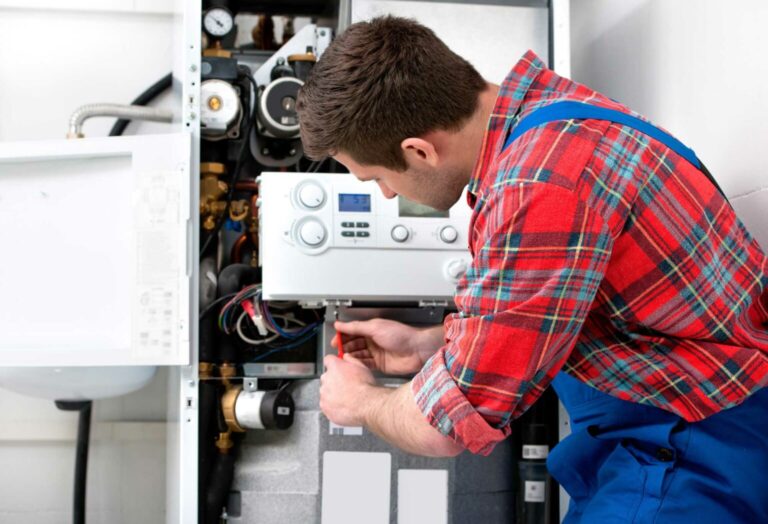When it comes to keeping your home comfortable year-round, heating and cooling options have come a long way. Gone are the days when furnaces and central AC units were your only choices. Today, many homeowners are looking at more energy-efficient, versatile systems that can both heat and cool a space without racking up utility bills. Two popular contenders are heat pumps and mini splits.
Both systems promise efficiency and comfort, but they work differently, come with distinct installation needs, and may suit some homes better than others. If you’re trying to decide between them, this guide will break down how each system works, the pros and cons, and the key factors to consider before making your choice.
What is a Heat Pump?
A heat pump is essentially an all-in-one heating and cooling system. Instead of generating heat by burning fuel, it moves heat from one place to another. In the winter, it extracts warmth from the outdoor air (yes, even cold air has heat energy) and transfers it indoors. In the summer, the process reverses, it pulls heat out of your indoor air and sends it outside, keeping your home cool.
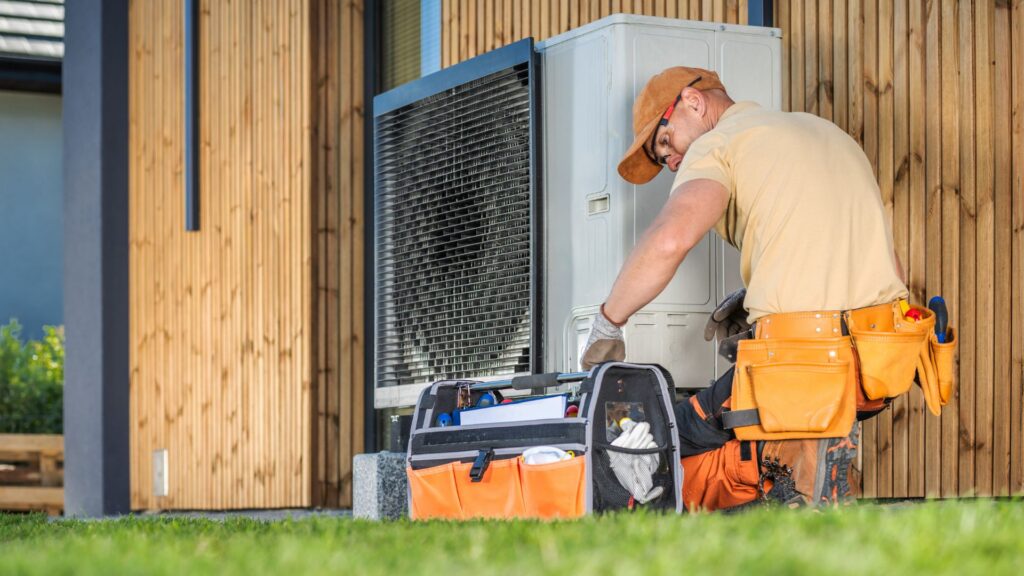
There are different types of heat pumps:
- Air-source heat pumps (the most common) pull heat from the air.
- Ground-source or geothermal heat pumps extract heat from the ground or water.
- Hybrid systems pair a heat pump with another heat source like a furnace for extra cold climates.
The appeal of heat pumps is their efficiency. Instead of burning energy to create heat, they move it, which makes them up to three times more efficient than traditional systems.
What is a Mini Split?
A mini split is a type of ductless heating and cooling system. Like a heat pump, it can both heat and cool your home. The system has two main components: an outdoor condenser and one or more indoor air-handling units. These indoor units are mounted directly on the wall, ceiling, or floor and deliver conditioned air directly into each room.
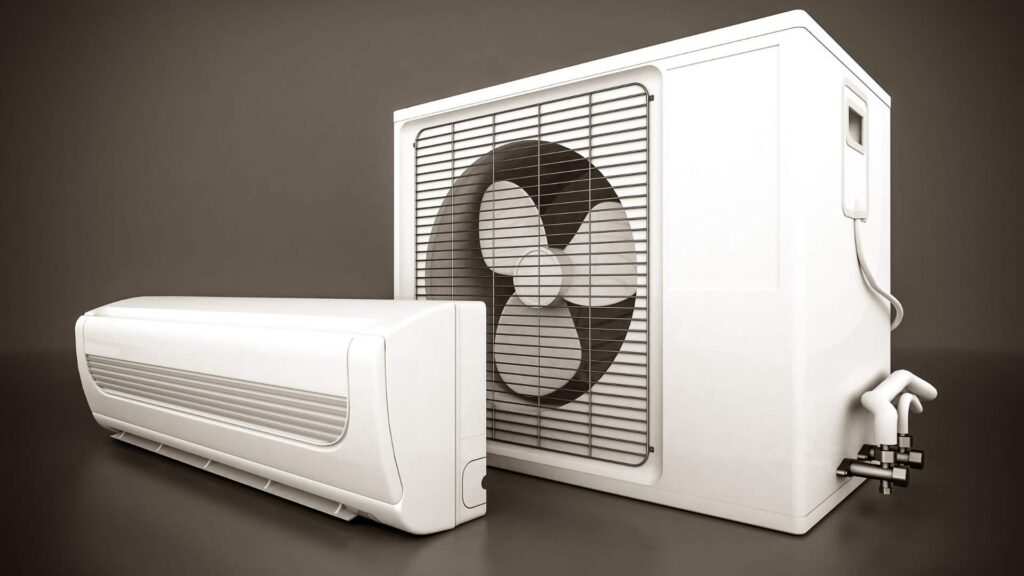
Mini splits are especially popular in homes without ductwork, additions, garages, or spaces where extending existing ducts would be costly or impractical. Because each indoor unit operates independently, they allow for zoned comfort, meaning you can heat or cool specific rooms without affecting the whole house.
How Do They Compare in Efficiency?
When it comes to efficiency, both systems shine, but in slightly different ways.
- Heat pumps are highly efficient, especially in moderate climates. They use electricity but deliver two to three times more heating energy than the electricity they consume. However, in extremely cold climates, their efficiency can drop unless paired with a backup heat source.
- Mini splits also offer excellent efficiency since there’s no energy lost through ductwork. Duct losses in central systems can account for up to 30% of energy use, something you don’t need to worry about with ductless systems. Additionally, the ability to control each indoor unit separately means you only heat or cool the rooms you’re actually using.
Both systems can qualify for rebates or tax credits due to their energy efficiency, which can help offset installation costs.
Installation Process: Heat Pump vs Mini Split
Heat pumps usually tie into your existing ductwork, much like a furnace or central AC. If your home already has ducts in place, installation is relatively straightforward. But if you don’t have ductwork, adding it can significantly increase the project’s cost and complexity.
Mini splits, on the other hand, don’t require ducts at all. Installation involves mounting the indoor air handler, drilling a small hole for the refrigerant line, and connecting it to the outdoor unit. For homes without ductwork or for room additions, this can be a faster and less invasive process.
In short:
- Heat pumps are a great choice if you already have ducts.
- Mini splits are ideal if you don’t have ducts or want zoned comfort.
Cost Considerations
Cost is often one of the biggest factors for homeowners. Heat pumps generally cost between $4,000 and $8,000 to install for a standard air-source unit. Geothermal systems can be much higher, often ranging from $15,000 to $30,000, though they do provide long-term savings.
Mini splits vary depending on how many indoor units you need. A single-zone system might cost around $2,000 to $5,000, while a multi-zone setup for a whole house can range from $8,000 to $15,000 or more.
Here’s a quick cost comparison for clarity:
| System Type | Typical Installation Cost | Notes on Expenses |
| Air-Source Heat Pump | $4,000 – $8,000 | Moderate upfront cost, strong efficiency savings |
| Geothermal Heat Pump | $15,000 – $30,000 | High upfront cost, long-term savings potential |
| Mini Split (Single-Zone) | $2,000 – $5,000 | Lower upfront cost, best for one room/area |
| Mini Split (Multi-Zone) | $8,000 – $15,000+ | Higher upfront cost, covers entire home |
While upfront costs matter, long-term efficiency should also guide your decision. Both systems are designed to save money on utility bills, though mini splits may edge out heat pumps slightly in mild climates.
Comfort and Performance
Comfort is about more than just efficiency. Here’s how the two compare:
- Heat pumps provide consistent, whole-home comfort. Because they’re tied into ductwork, they distribute air evenly throughout the house. However, some homeowners in colder climates find that they need supplemental heating during harsh winters.
- Mini splits offer targeted comfort. If one family member likes their bedroom cooler than the rest of the house, that’s easy to manage. On the flip side, having multiple wall units might not appeal to homeowners who prefer a less noticeable system.
Both systems can improve indoor air quality with built-in filtration, though ducted heat pumps can spread dust if ducts aren’t well maintained.
Lifespan and Maintenance
- Heat pumps typically last 12–15 years with regular maintenance. That includes annual tune-ups, filter changes, and occasional duct cleaning.
- Mini splits often last 15–20 years, partly because they avoid duct-related wear and tear. Maintenance usually involves cleaning the filters in each indoor unit and scheduling professional check-ups.
With either option, regular servicing is key to efficiency and longevity. Skipping maintenance can lead to costly breakdowns and higher energy bills.
Which System is Right for You?
Choosing between a heat pump and a mini split depends on several factors:
- Does your home have ductwork? If yes, a heat pump may be the easiest fit. If no, mini splits could save you from a costly duct installation.
- What’s your climate like? Heat pumps are great in moderate climates, but in very cold areas, you may need backup heat. Mini splits work well in most climates and allow zoned comfort.
- What’s your budget? For single-room or small space solutions, mini splits are often more affordable. For whole-home systems, heat pumps might make more sense.
- Do you want zoned control? If you like the idea of heating and cooling rooms independently, mini splits are the clear winner.
- Aesthetic preferences: Heat pumps are invisible inside your home since they use ducts, while mini splits require visible wall units.
Cost of Ownership Comparison
Here’s a simplified comparison of potential costs:
| Factor | Heat Pump (Air-Source) | Mini Split (Single-Zone) | Mini Split (Multi-Zone) |
| Upfront Cost | $4,000 – $8,000 | $2,000 – $5,000 | $8,000 – $15,000+ |
| Lifespan (years) | 12 – 15 | 15 – 20 | 15 – 20 |
| Efficiency | High (drops in cold) | Very High | Very High |
| Maintenance | Annual service + ducts | Clean filters, annual check | Clean filters, annual check |
| Best For | Whole-home with ducts | Small spaces, single rooms | Whole-home without ducts |
Final Thoughts
Both heat pumps and mini splits are excellent choices for energy-efficient, modern home comfort. If you already have ductwork and want whole-home heating and cooling, a heat pump could be the best fit. But if you prefer zoned comfort, don’t have ducts, or want a flexible solution for additions or renovations, mini splits may be the way to go.
At the end of the day, the “best” system depends on your home, budget, and lifestyle. Consider your climate, installation options, and long-term energy goals when making your decision.

